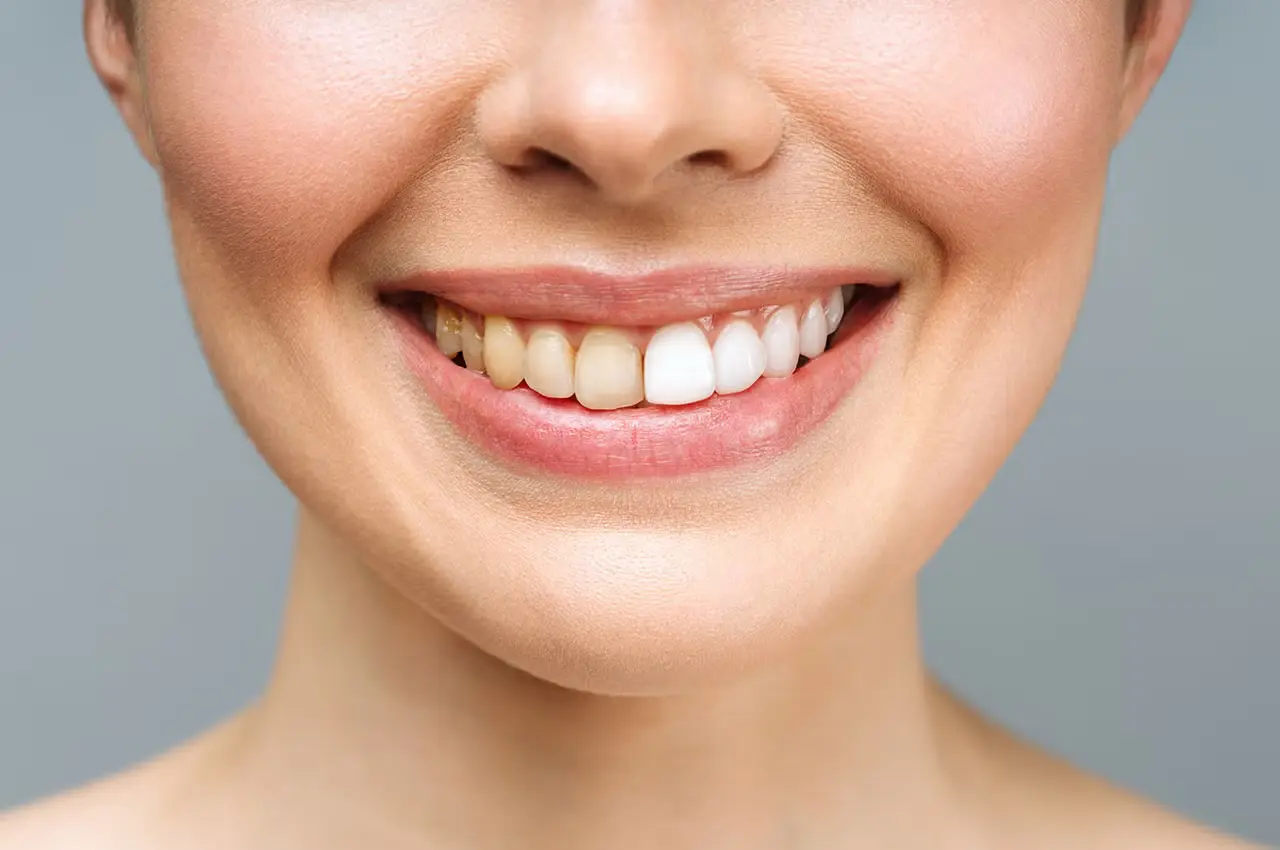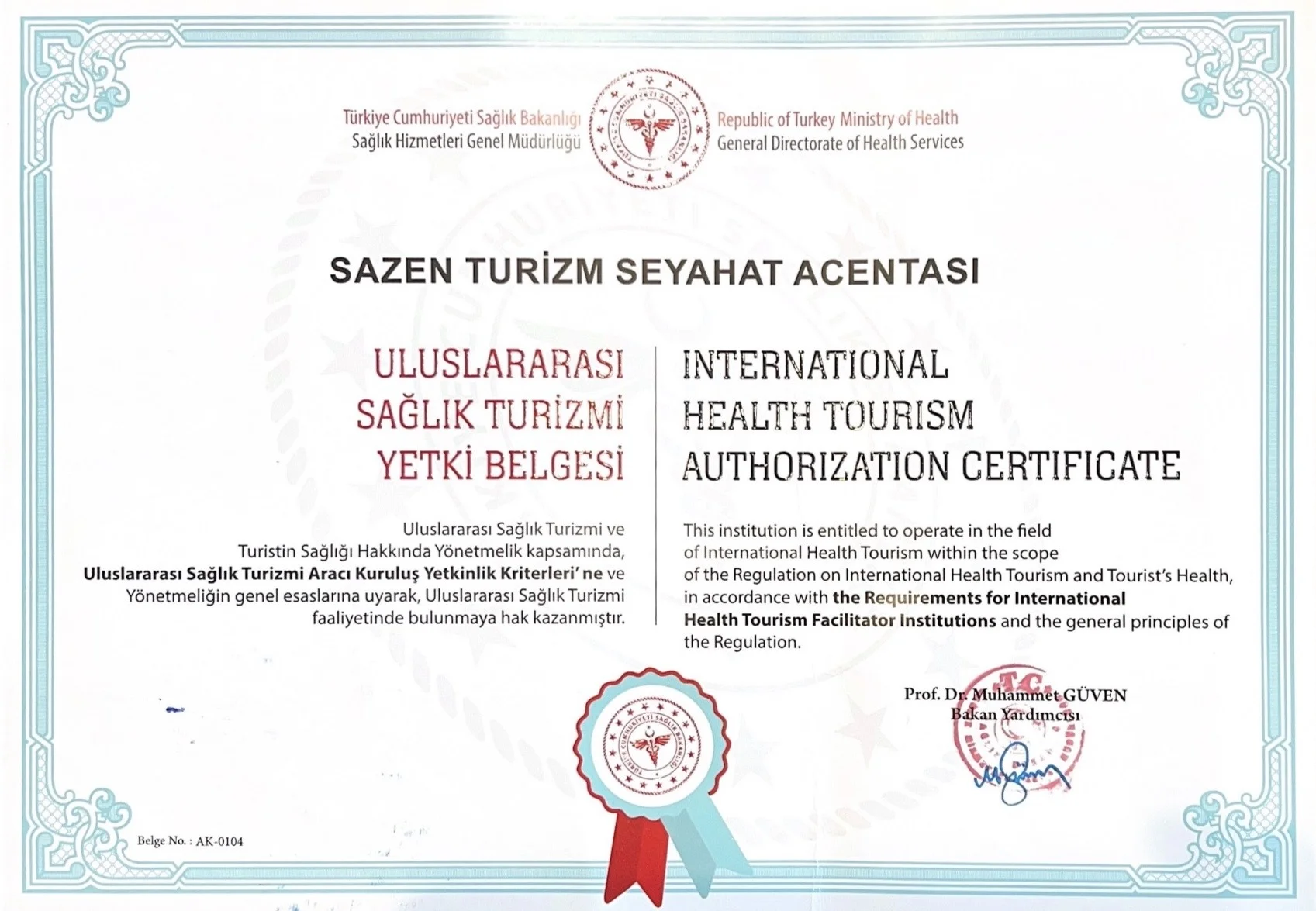Molars, essential for mastication, frequently exhibit color variations. Discoloration often signals underlying dental conditions. This can range from extrinsic staining to intrinsic changes. Extrinsic factors include dietary habits and tobacco use. Chromogenic bacteria also contribute to surface stains. Intrinsic discoloration, however, is more complex. It typically involves changes within the tooth structure. This may stem from developmental anomalies. Dentinogenesis imperfecta is a notable example. Additionally, trauma can lead to pulpal necrosis. This results in dark gray or black discoloration. Certain medications, like tetracycline, also cause intrinsic staining. Accurate diagnosis is crucial for effective treatment. Understanding the etiology guides therapeutic interventions. Early detection can prevent further complications.
Table of Contents
Understanding Different Types of Tooth Discoloration
Dental professionals categorise tooth discoloration into three primary classifications based on their origin and characteristics. Each types of discoloration of teeth presents distinct features that help practitioners determine appropriate intervention strategies.
Extrinsic discoloration affects the outer tooth surface, primarily targeting the protective enamel layer. This category encompasses stains from external sources:
- Coffee, tea, and wine consumption creating surface-level staining
- Tobacco use resulting in yellow to brown discoloration patterns
- Poor oral hygiene allowing plaque accumulation and surface deposits
- Certain foods containing chromogens that adhere to enamel surfaces
Intrinsic discoloration originates within the tooth structure itself, affecting both dentin and enamel composition. These internal changes often manifest as deeper, more persistent colour alterations that penetrate beyond surface layers.
Tooth enamel discoloration in this category typically results from developmental factors, medication exposure during tooth formation, or trauma-induced changes. Tetracycline antibiotics administered during childhood frequently cause characteristic grey-brown banding patterns that remain visible throughout adult life.
Age-related discoloration combines elements from both extrinsic and intrinsic categories. Natural enamel thinning occurs over decades, revealing the underlying dentin’s naturally yellow appearance. Simultaneously, years of exposure to staining substances create cumulative effects.
Permanent tooth discoloration represents the most challenging category for aesthetic restoration. These changes typically involve structural alterations within tooth composition rather than surface deposits. Fluorosis, developmental disorders, and certain genetic conditions create lasting colour modifications that resist conventional whitening approaches.
Sudden discoloration of teeth requires immediate professional evaluation, as rapid colour changes often indicate underlying pathology. Trauma, infection, or vascular compromise can cause dramatic shifts from normal tooth colour to grey, brown, or black appearances within days or weeks.
Each classification requires specific diagnostic approaches and treatment protocols tailored to the underlying aetiology and severity of discoloration present.
What Causes Your Molars to Change Color?
Several distinct factors contribute to why your back molars yellow or develop discoloration over time. Understanding these causes helps explain why molars are particularly susceptible to staining compared to other teeth.
Dietary staining represents the primary cause of discolored molars. Coffee, tea, red wine, and dark-coloured foods create persistent stains on molar surfaces. The complex anatomy of molars, featuring deep grooves and fissures, traps staining particles more effectively than smooth front teeth surfaces.
- Coffee and tea contain tannins that penetrate enamel pores
- Berries and tomato-based sauces cause gradual colour changes
- Sugary beverages promote bacterial growth leading to discolouration
- Tobacco products create brown or yellow molar stains
Age-related enamel thinning significantly impacts molar appearance. As enamel wears down through decades of chewing, the underlying yellowish dentine becomes more visible. This natural process explains why are my molars turning brown in older adults.
The following comparison demonstrates how different teeth respond to staining factors:
| Tooth Type | Staining Susceptibility | Primary Causes | Visibility Impact |
|---|---|---|---|
| Front Teeth | Moderate | Surface stains, smoking | High visibility |
| Premolars | High | Diet, grinding | Moderate visibility |
| Molars | Very High | Food retention, bacteria | Lower visibility |
Poor oral hygiene accelerates molar discoloration through bacterial accumulation. Plaque buildup creates an acidic environment that weakens enamel and promotes staining. The posterior location of molars makes thorough cleaning challenging, leading to persistent molar stains.
Medication effects contribute to molar discoloration patterns. Tetracycline antibiotics, antihistamines, and certain mouthwashes cause intrinsic staining within tooth structure. Iron supplements frequently create dark spots on molar surfaces.
Dental trauma from grinding or clenching damages molar enamel integrity. Microscopic cracks allow staining substances to penetrate deeper layers, creating stubborn discolouration. Excessive fluoride exposure during tooth development can cause fluorosis, appearing as white or brown spots on molar surfaces.
Environmental factors including chlorinated swimming pool water and acidic beverages weaken enamel structure, making molars more susceptible to subsequent staining. Regular exposure creates cumulative damage that manifests as progressive colour changes in posterior teeth. Dental Crowns Longevity can be impacted by such discoloration, as the contrast between natural teeth and crowns may become more evident. It is essential to address these changes to preserve the aesthetic appearance and integrity of dental restorations.
Medical Conditions and Tooth Discoloration: What’s the Connection?
Several medical conditions directly contribute to tooth discoloration, affecting both permanent and milk teeth through various physiological mechanisms. Understanding these connections enables better prevention and management strategies.
Systemic diseases significantly impact tooth colour through metabolic disruptions and medication side effects. The following conditions frequently cause tooth discoloration:
- Diabetes mellitus compromises oral health, leading to increased susceptibility to tooth decay discoloration
- Kidney disease affects mineral balance, resulting in characteristic greyish-brown staining
- Liver disorders produce yellow-brown discolouration due to elevated bilirubin levels
- Celiac disease impairs nutrient absorption, causing enamel defects and subsequent staining
- Fluorosis from excessive fluoride exposure creates white spots or brown streaking
Genetic disorders represent another category of diseases that cause teeth discoloration. Amelogenesis imperfecta affects enamel formation, producing yellow, brown, or grey teeth. Dentinogenesis imperfecta causes blue-grey or amber discolouration due to defective dentin formation.
Milk teeth discoloration often stems from prenatal factors and early childhood conditions. Maternal infections during pregnancy, particularly rubella or cytomegalovirus, can cause intrinsic staining in primary teeth. Neonatal jaundicefrequently results in green or yellow discolouration of developing tooth structures.
Infectious diseases during tooth development create lasting colour changes. High fevers from illnesses like pneumonia or measles can disrupt enamel formation, leading to white or yellow bands. Tetracycline antibiotics administered during pregnancy or early childhood cause characteristic grey-brown horizontal striping.
Tooth decay discoloration represents a distinct category where bacterial activity produces acids that demineralise enamel. Initial decay appears as white spots, progressing to yellow, brown, or black areas as destruction advances. Pulpal necrosis from untreated decay typically results in grey or black tooth discoloration.
Blood disorders including sickle cell anaemia and thalassaemia affect tooth colour through altered oxygen transport and iron metabolism. These conditions often produce darker, more opaque teeth due to changes in dentin composition and pulpal circulation patterns.
Solutions for Treating Discolored Teeth
Effective tooth discoloration treatment requires selecting the appropriate method based on severity and individual circumstances.
Professional In-Office Whitening Treatments
Professional tooth discoloration treatment delivers superior results under dental supervision:
- Professional bleaching uses 15-25% hydrogen peroxide applied during 60-90 minute sessions
- Laser whitening combines bleaching agents with light activation for enhanced effectiveness
- Custom tray systems provide dentist-supervised at-home treatment with professional-grade materials
- Composite bonding covers surface stains with tooth-colored resin applications
- Porcelain veneers offer permanent solutions for severe discoloration cases
At-Home Treatment Options
Several accessible methods support tooth discoloration treatment at home:
- Whitening strips containing 6-14% hydrogen peroxide applied twice daily for two weeks
- Whitening toothpaste with mild abrasives removes surface stains through regular brushing
- Oil pulling with coconut oil for 10-15 minutes daily reduces bacterial staining
- Baking soda paste mixed with water gently polishes away external discoloration
- Hydrogen peroxide rinses at 1.5-3% concentration used twice weekly
Professional consultation ensures safe application of these tooth discoloration treatment methods.
Specialized Molar Discoloration Treatments
The following table compares treatment costs for discolored molars between Turkey and the UK:
| Treatment Type | Turkey Cost (£) | UK Cost (£) | Duration |
|---|---|---|---|
| Professional Bleaching | 150-250 | 400-600 | 1-2 sessions |
| Composite Bonding | 80-120 | 200-400 | Single visit |
| Porcelain Crowns | 200-350 | 800-1200 | 2-3 visits |
Turkey offers 60-70% cost savings while maintaining international treatment standards for molar restoration.
Selecting Appropriate Treatment Methods
- Surface stains respond effectively to professional bleaching and whitening strips
- Deep intrinsic discoloration requires veneers or crowns for optimal results
- Multiple affected teeth benefit from comprehensive whitening programs
- Single tooth discoloration needs targeted bonding or crown placement
- Budget considerations determine treatment location and material selection
Prevention Strategies
- Rinse immediately after consuming staining beverages like coffee or red wine
- Use whitening toothpaste twice daily with fluoride protection
- Schedule regular dental cleanings every six months
- Avoid tobacco products completely
Modern tooth discoloration treatment combines professional expertise with evidence-based techniques, ensuring patients achieve lasting aesthetic improvements while maintaining optimal oral health standards.




